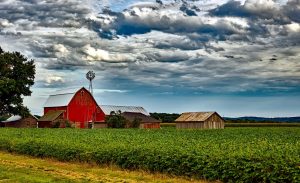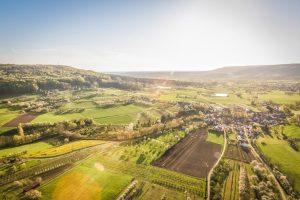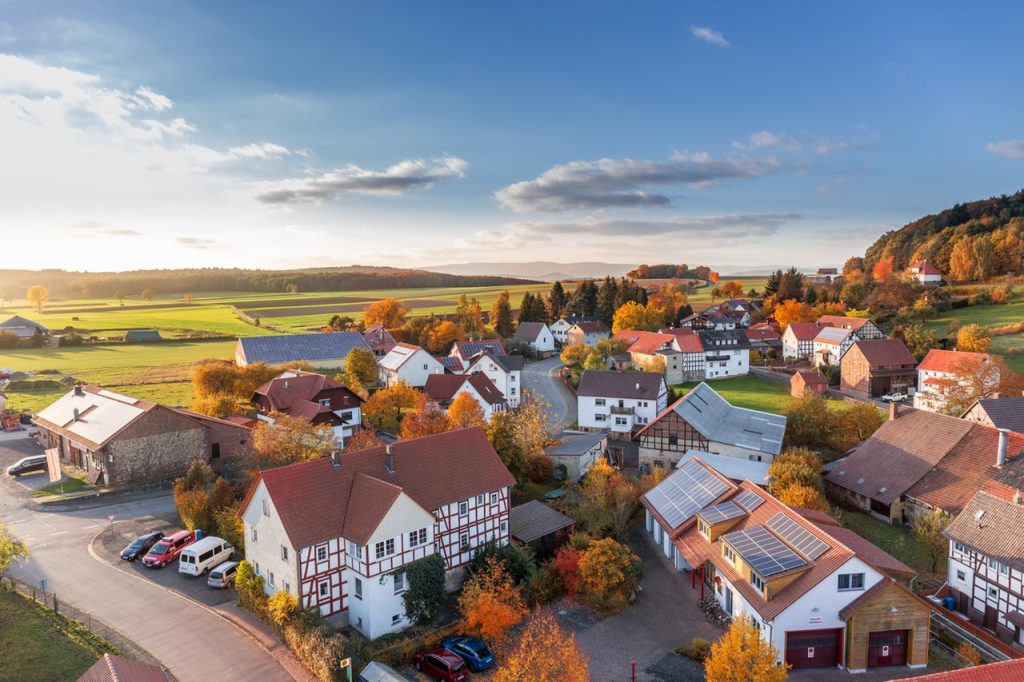Many property investment specialists only consider one approach, and they stick to it. Often this might consist of new development housing, inner suburbs, outer suburbs, apartments, regional or metropolitan. Nevertheless, when you’re a property investment advisor, you understand that diversification in a property portfolio is paramount for an outstanding long-term outcome. Besides diversification, purchasing a property that matches an investor’s financial capability and individual conditions may be the difference between failure and success. Therefore, an assortment of property types in various locations ought to be considered for each person according to their lifestyle.
Research conducted by CoreLogic RP Data published a report in 2015 branded “Quarterly Pain and Gain”. The smallest proportions of loss-making resales were found in Sydney, Melbourne and Perth. The highest proportions of loss-making resales were found in regional WA, regional QLD, regional SA and regional TAS.
Does this mean that purchasing land in a regional area is a poor idea?
 Ultimately, it depends on the area you invest in. The areas which showed the highest proportions of loss are likely to be towns with very small populations, which translates to limited services being available. It is vital that you do your research and ensure you don’t purchase because you fell for good sales tactics. Regional areas can be high risk.
Ultimately, it depends on the area you invest in. The areas which showed the highest proportions of loss are likely to be towns with very small populations, which translates to limited services being available. It is vital that you do your research and ensure you don’t purchase because you fell for good sales tactics. Regional areas can be high risk.
Metropolitan cities such as Melbourne, Sydney, and Perth have shaped up to be excellent investments over the years. Successful property investment is about reducing the danger, even if you play with risk, it is still in your favor. The most vibrant capital cities of Australia provide greater population bases and constant population growth, diversification in industry and employment, and robust economies which all encourage capital development. Cities have significantly less land accessible than their regional counterparts hence over time, land becomes increasingly more expensive in the city due to scarcity. Cities also often hold up better through an economic recession instead of regional cities where land values can divebomb as it impacts trade.
If you are to invest in a regional property, a safe population minimum to set is 100,000. The qualities of large country towns typically mimic those of our capital cities and draw residents as they are affordable areas to live and own land. If you want to purchase a property in a country area, then it’s important to make sure that income levels are higher compared to state averages and the market isn’t reliant on one industry. Regional properties can provide great yields and are therefore “cheap” to buy and maintain.
Tred with care if you’re trying to purchase a country property. Just like any other investment, there are factors to be considerate of, and it’s crucial to look for advice according to your circumstance before parting with your hard earned cash! If first time investment property advice is what you need, there are plenty of resources and professional assistance available.

What to know before you invest in a regional property:
1) Population Trends
Look at the current population of the town you’re considering, and be sure to research its growth rate – is it stagnant, increasing or decreasing? Positive growth is ideal; however, a stagnant population can suffice too.
Make sure you understand the community, a great way to do this is by acquainting yourself with the town centres and main roads. Make note of busy stores, new businesses and high foot traffic areas. The most vibrant area of the town will likely be your best investment! Specialist retail valuers may have shop leases online or provide information of the town’s economic movement. It is also recommended you visit these locations in what locals consider an off-season, especially if it is a tourist-reliant town. Day spas are a great service as their therapeutic benefits are sought after all-year round.
Tourist cities will experience seasonal need, which makes them responsive to bigger economic fluctuations. If the times are tight, people will forgo that yearly vacation – that will make the holiday city struggle. The flip-side naturally, is that tourism could be a superb business where other revenue sources are plentiful. If there is a well-regarded luxury resort close by, it will direct customers into the town, increasing town revenue.
2) Vacancy and Property Revenue

You should do a little research into the requirement for neighborhood leasing properties in the area. High leasing yields coupled with reduced vacancy rates are excellent signs – assuming you have ticked all of the other boxes.
Do not forget to also look at earnings statistics. Low seller reductions will indicate that properties in the region are in need, as do high clearance prices when houses visit auction. Notice how long properties stay on the market too, since this could be indicative of the way the sector is performing concerning real estate distribution.
3) Accessibility to Metropolitan Areas
Make sure you have a look at the infrastructure of a city before investing. Ask yourself if traveling in and outside of town is easy, as it can impact potential tenants. There’s been a substantial spike in costs across East Coast cities, as people are being priced out of their capital cities.
Maybe look at looking into regions where high-speed freeways and train services are easily available, such as V-line. The savvy investor will look at taking a look at local council info, to find out whether some significant projects are being proposed. New hospitals, airports, and universities are sure-fire signals of new freeway construction.
4) Business Diversity
Regional places that just rely on a single sort of industry may frequently be high-risk investments – particularly if you’re staring down the barrel of a long-term investment. Think about looking at a region where there are many different employment choices.
Diverse industry choices are indicative of steady employment and a constant population. This should be placed at the forefront of almost any investment buy.
Whilst investing in rural and regional land requires distinct sets of calculations from those required in metropolitan areas, there are lots of fantastic opportunities to be had. Start assessing the countryside, where you’ll find that an abundance of accessible and affordable investment properties for sale.





